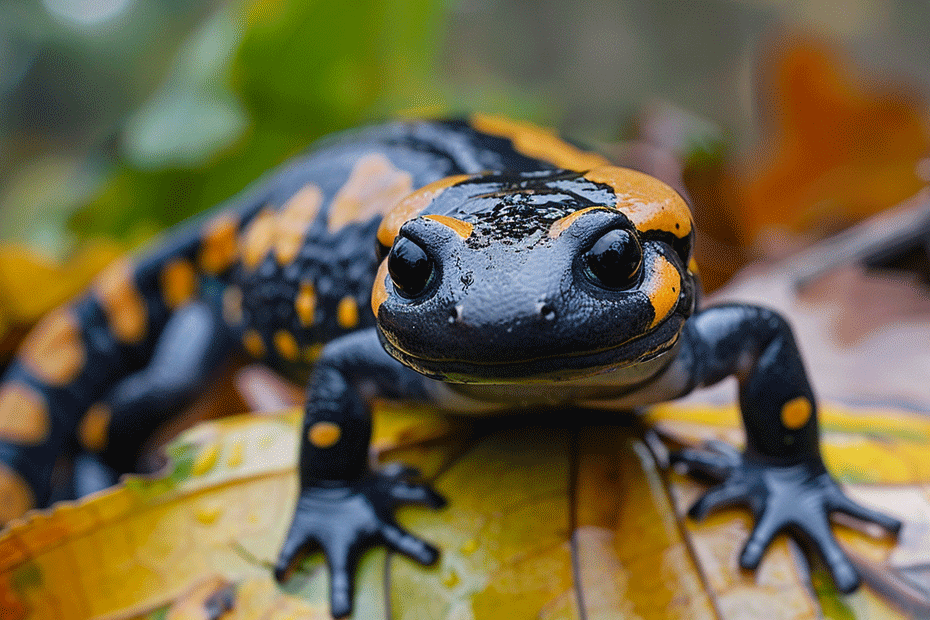Are you considering getting a salamander as a pet? One common question that arises is whether salamanders need a heat lamp to thrive in their habitat. Understanding the heating requirements of these fascinating creatures is crucial for their well-being. Let’s investigate into the topic of whether salamanders truly need a heat lamp to stay healthy and comfortable.
Salamanders are unique amphibians that have specific temperature needs to regulate their metabolism and overall health. Providing the right temperature in their enclosure is essential for their physiological functions and behavior. In this text, we will explore the importance of heat lamps for salamanders and how you can create the ideal thermal environment for these captivating pets. Let’s uncover the facts about salamanders and heat lamps to ensure you provide the best care for your new amphibian companion.
Key Takeaways
- Salamanders need heat lamps to regulate their body temperature effectively, which is crucial for their metabolism and overall well-being.
- Heat lamps promote healthy metabolism in salamanders by aiding in digestion, nutrient absorption, and encouraging growth and activity.
- Consistent warmth from heat lamps helps prevent illnesses like respiratory infections and reduces stress on salamanders.
- There are different types of heat lamps available, such as incandescent heat lamps and ceramic heat emitters, each with unique features and benefits.
- Consider factors like the specific salamander species, terrarium size, and using a thermometer to monitor temperature when deciding on heat lamp usage.
Benefits of Heat Lamps for Salamanders

Regulation of Body Temperature
- Salamanders, being ectothermic, rely on external heat sources to regulate their body temperature.
- A heat lamp provides the necessary warmth, mimicking their natural habitat conditions.
- Regulating body temperature is crucial for metabolism and overall well-being.
Promotion of Healthy Metabolism
- The heat from a lamp aids digestion and nutrient absorption in salamanders.
- A warm environment boosts metabolic processes, encouraging growth and activity.
- Optimal metabolism is essential for health and vitality of your pet salamander.
- Consistent warmth from a heat lamp helps prevent illnesses like respiratory infections.
- Avoiding temperature fluctuations through a heat source reduces stress on your salamander.
- Maintaining a stable temperature is key to ensuring long-term health for your amphibian companion.
Types of Heat Lamps Available

Incandescent Heat Lamps
- Provide localized warmth
- Mimic natural sunlight
- Suitable for daytime use
Ceramic Heat Emitters
- Emit infrared heat
- Ideal for 24-hour use
- Do not produce light
- Mounted above the enclosure
- Offer gentle, widespread heat
- Efficient for larger terrariums
Factors to Consider Before Using a Heat Lamp for Salamanders

Salamander Species
- Different salamander species have varying heat requirements.
- Research the specific species you have to determine their ideal temperature range.
- Some species may require a heat lamp for supplemental heating, while others may not.
Terrarium Size
- The size of your terrarium affects heat distribution and lamp placement.
- A larger terrarium may need multiple heat sources to ensure even warmth.
- Consider the dimensions of your terrarium when choosing a heat lamp.
- Salamanders have specific temperature needs for their well-being.
- Maintaining the correct temperature range is crucial for their health.
- Use a thermometer to monitor the temperature in the terrarium accurately.
Conclusion
Understanding the heat needs of your salamander is crucial for their health. Different species have varying requirements, so it’s essential to research and provide the right temperature range. The size of the terrarium plays a significant role in heat distribution, affecting how well your salamander can regulate its body temperature. Monitoring the temperature with a thermometer ensures you maintain the ideal conditions for your pet. By taking these factors into account, you can create a comfortable and safe environment for your salamander to thrive.

Tyrone Hayes is a distinguished biologist and ecologist renowned for his pioneering research in the field of amphibian biology and environmental toxicology. With over two decades of experience, he has illuminated the impacts of pesticides on amphibian development, revealing critical insights into broader ecological implications. Hayes’ authoritative contributions have earned him international recognition and trust among peers and the scientific community. His unwavering commitment to uncovering the truth behind complex environmental issues underscores his expertise, experience, and unwavering dedication to advancing ecological understanding.
